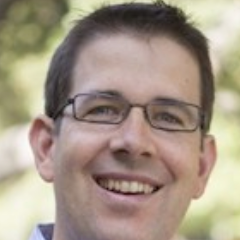You are not currently logged in. Please create an account or log in to view the full course.
Overview
- About
- Transcript
- Cite
DNA Damage and Repair
In this course, Professor Karl Haushalter (Harvey Mudd College) introduces the ways in which our genetic code can be damaged and consequently mutate, as well as the mechanisms that protect this code from that very same damage. We begin by: (i) introducing the structure and function of DNA, some of the different types of mutations, and the tools at our disposal to characterise it; before (ii) understanding how DNA can be damaged by alkylation; and then (iii) looking at one pathway where DNA can be damaged by oxidation; followed by (iv) DNA damage by deamination; and finally (v) looking at how our knowledge of DNA damage and associated repair mechanisms have helped us to treat specific forms of cancer.
Overview
In the first mini-lecture, we are introduced to the structure of DNA, and the principle behind why repairing any damage to it is so important. We learn about the different types of damage and mutation that can occur to DNA, including silent and deleterious mutations. We move onto some of the enzymes involved in the synthesis of new DNA strands, as well as some of the mechanisms available to a cell when it needs to repair strands of DNA. To finish off this lecture, we learn about x-ray crystallography, a unique method used often in Biology and Chemistry that has allowed us to see DNA and its repair mechanisms at an atomic-scale resolution.
Cite this Lecture
APA style
Haushalter, K. (2022, August 30). DNA Damage and Repair - Overview [Video]. MASSOLIT. https://massolit.io/courses/dna-damage-and-repair
MLA style
Haushalter, K. "DNA Damage and Repair – Overview." MASSOLIT, uploaded by MASSOLIT, 30 Aug 2022, https://massolit.io/courses/dna-damage-and-repair





